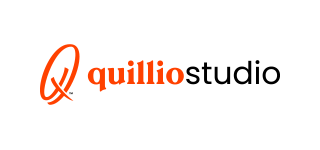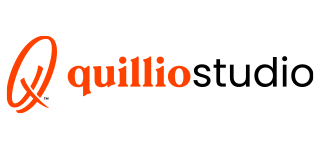What Big Companies Get Wrong About Small Agencies: Insights into Agency Dynamics
The advertising and marketing landscape is continuously shifting, with trends and dynamics constantly shaping the industry. One such trend is the interest that big corporations like Procter & Gamble (P&G) have shown in working with small, independent ad agencies. This outreach to smaller agencies is often seen as an opportunity for these giants to connect with "brilliant creatives" and expand their agency network. However, it raises questions about the true motives behind such engagements and whether they genuinely understand what small agencies bring to the table.
The reality is that P&G, along with other major players in the industry, has been actively pursuing cost-cutting measures through in-house agency development and imposing strict budget limits. This trend has been further highlighted by the recent revelations about General Mills' pitch requirements, which include demanding 120-day payment periods and claiming ownership over all pitch creative. These stringent demands have led many traditional big agency networks to reconsider their relationships with such clients.
So, what motivates profit-focused corporations to turn their attention to small agencies? The answer lies in the potential cost savings. Small agencies generally operate with lower overheads and can offer competitive fee structures, making them an attractive option for companies looking to trim marketing expenses.
However, the question we must ask is where this race to the bottom in terms of fees will ultimately lead. Are small agencies destined to be a temporary solution for corporations seeking to reduce costs, or can they be genuine partners in creating impactful advertising campaigns?
The assumption underlying this debate is that any small agency would jump at the chance to work with iconic brands like Cheerios, Häagen-Dazs, or Bounty. The allure of such prestigious brands and their seemingly larger budgets and agency fees is undeniable. However, this perspective overlooks a crucial aspect—small agencies often choose to remain small for specific reasons, including the desire to avoid the pitfalls associated with clients who prioritize short-term profits above all else.
Is it strategically sound for small agencies to align their future success with large, increasingly out-of-touch brands like Yoplait, whose response to market challenges is partnering with Dunkin' Donuts for new flavors? Perhaps it's more prudent to join forces with an up-and-coming, independently-owned brand like Siggi's. Would small agencies be eager to work on Dawn Dish Soap if they were not fairly compensated for their efforts?
The reality is that agencies are increasingly being asked to bear the brunt of their clients' poor business decisions. Ivan Pollard, CMO of General Mills, defended their pitch process by stating, "We are in business, and managing our cash flow is a vital corporate function." However, it's worth considering whether investing in product innovation or research and development might offer more sustainable solutions to cash flow issues than squeezing agencies. Could it be that agencies are not the reason why a company's stock price has dropped by 21% in the past three years?
While small agencies would prefer to focus solely on creative endeavors, the prevailing mindset among large clients is beginning to affect local clients as well. Recently, we encountered an RFP from a well-funded tourism bureau in our area that required us to front the entire cost of working on their business, with the same 120-day payment terms as General Mills. Another prospect expected us to work on their project for free, with compensation only contingent on individual unit sales of their product. The decision would have been easier had their product been more competitive or if they had been willing to share some of the risk. Nonetheless, our empathy extends to our clients who, like us, are feeling the squeeze.
It's essential to clarify that businesses, whether large or small, exist to make money. Small agencies are no exception to this rule. However, what sets us apart is our independence, which allows us to value partnerships, long-term thinking, and mutual respect alongside profitability. We have been fortunate to collaborate with clients who share our vision and values.
In essence, Ad Age's idea of "The Elevator Pitch" is on the right track, but it's important to select the right clients. What small agencies truly need are partners who are willing to support and collaborate rather than exploit. The clients we aspire to work with are those who share our commitment to riding the elevator all the way to the top, together.


